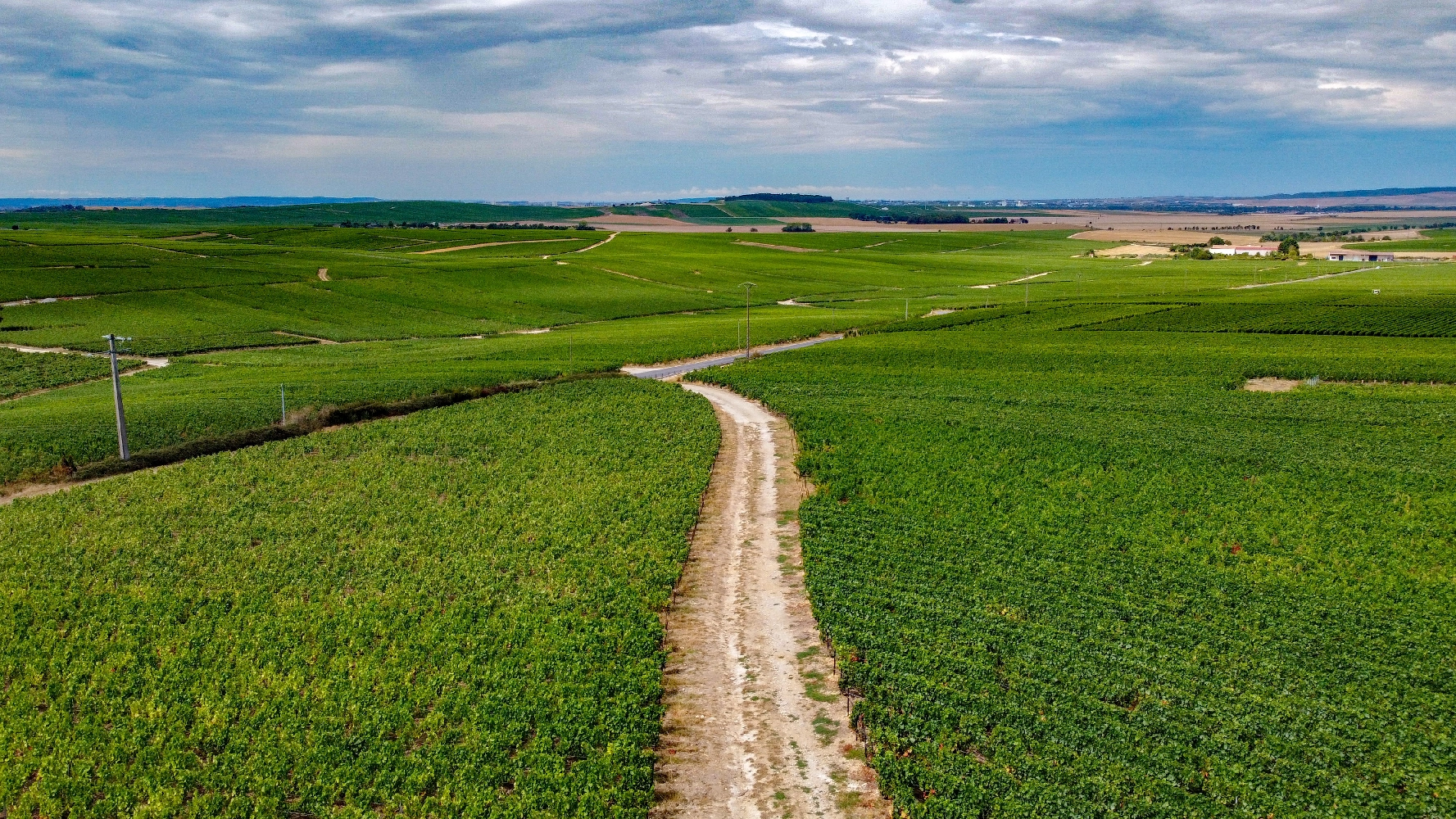
Champagne Wineries & Wines Stats
Wineries
4958
Wines
22088
Champagne: A Cultural Nexus of Wine Tradition and Innovation
Introduction: Champagne, a name synonymous with celebration and luxury, is located in the northeastern part of France. Known for producing some of the world's finest sparkling wines, Champagne is a region steeped in rich history, cultural significance, and continued innovation. In this review, we will explore the unique characteristics of Champagne as a wine region, its grape varieties, distinctive food pairings, and the profound impact it has had on the global wine industry.
Geography & History: Champagne's diverse terrain is composed of chalky limestone hillsides, rolling green valleys, and picturesque villages. Its unique terroir, coupled with a cool climate, gives Champagne wines their signature crisp acidity and elegant profile. With a heritage dating back to the 13th century, the region's winemaking traditions have evolved significantly over the centuries. The invention of the Champagne method for producing sparkling wine in the late 17th century by Dom Pérignon is a testament to the region's unwavering commitment to innovation and excellence.
Grape Varieties: Champagne wines are produced primarily from three grape varieties: Pinot Noir, Pinot Meunier, and Chardonnay. Each variety contributes distinct characteristics to the final blend, resulting in a harmonious balance of fruitiness, body, and elegance. The red grapes, Pinot Noir and Pinot Meunier, impart color and structure, while Chardonnay, with its white flesh, adds finesse, minerality, and complexity.
Wine Styles: Champagne is the epitome of sparkling wine, but it shares strong connections to other wine styles, such as Crémant and Cava. These related wine styles originate from France's Loire Valley and Spain, respectively. While they differ in production methods and grape varieties used, they all share a common heritage and influence from Champagne.
Food Pairings: The elegant bubbles of Champagne are the perfect complement to an array of culinary delights. From succulent shellfish to mild and soft cheese, savory pork dishes to rich fish such as salmon or tuna, Champagne's versatility at the table knows no bounds. Its crisp acidity cuts through rich flavors while its subtle sweetness enhances delicate ones.
Conclusion: Champagne stands as a cultural nexus of wine tradition and innovation, showcasing a deep-rooted history that continues to influence and inspire the global wine industry. From its unique terroir and diverse grape varieties to its distinctive food pairings and enduring impact on related wine styles, Champagne remains a must-explore destination for any wine enthusiast seeking an unforgettable tasting experience.
